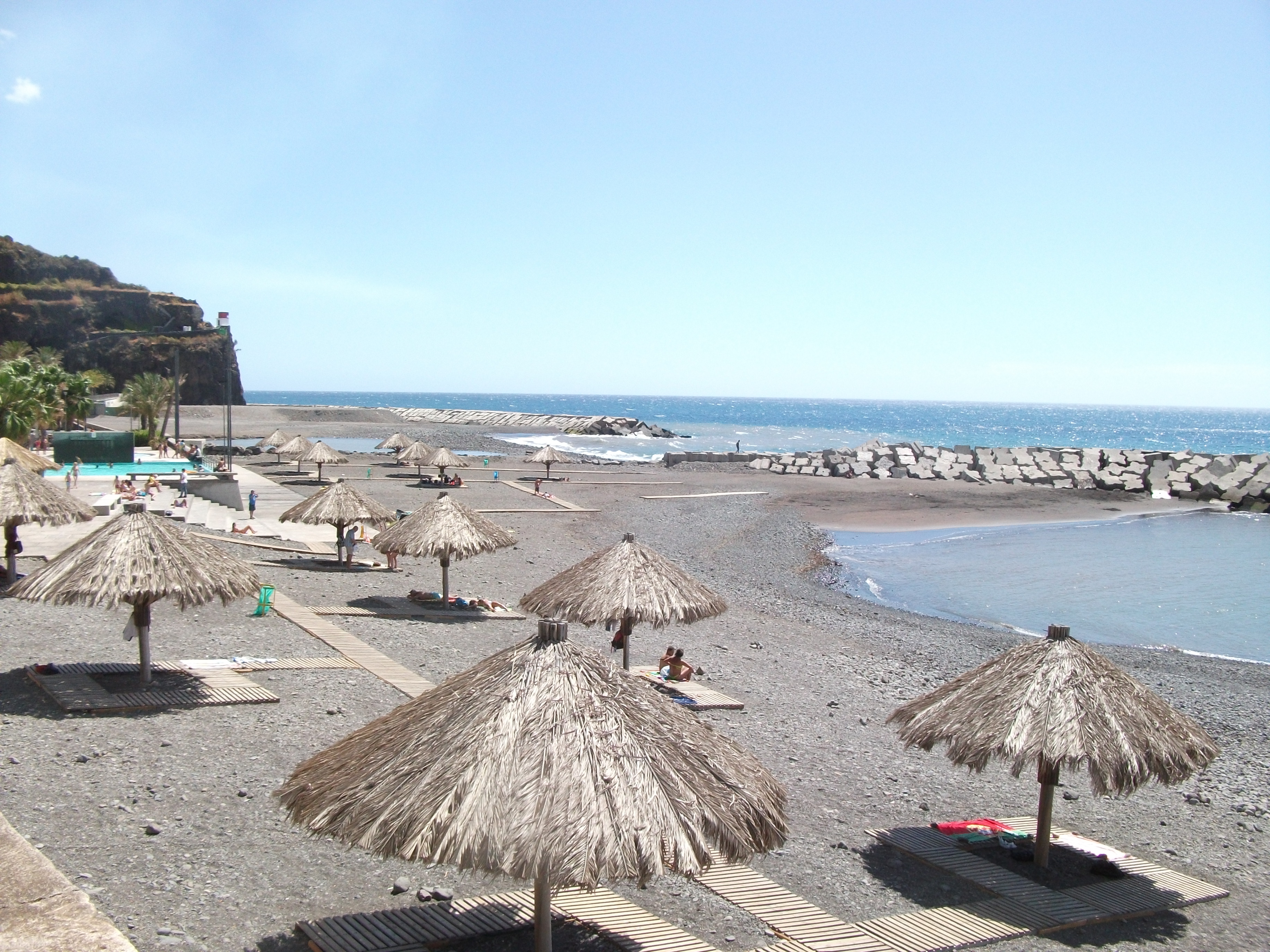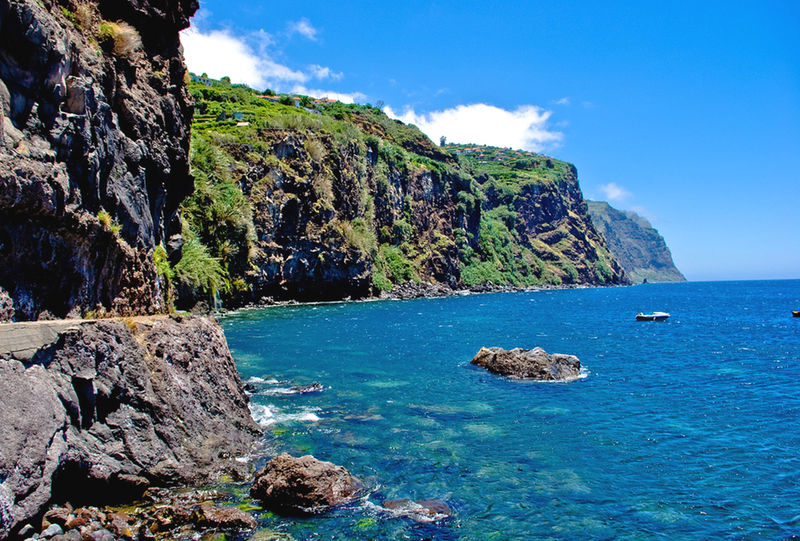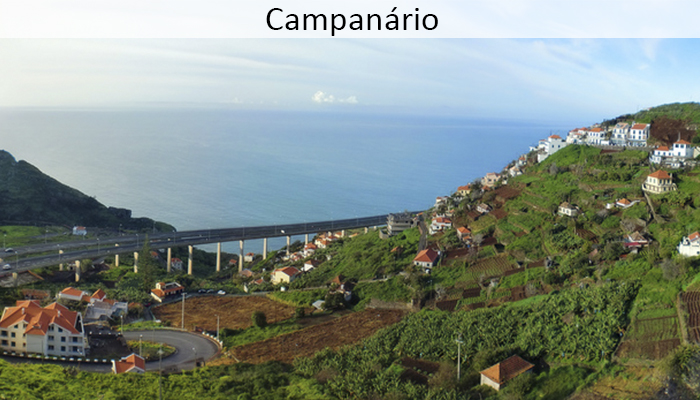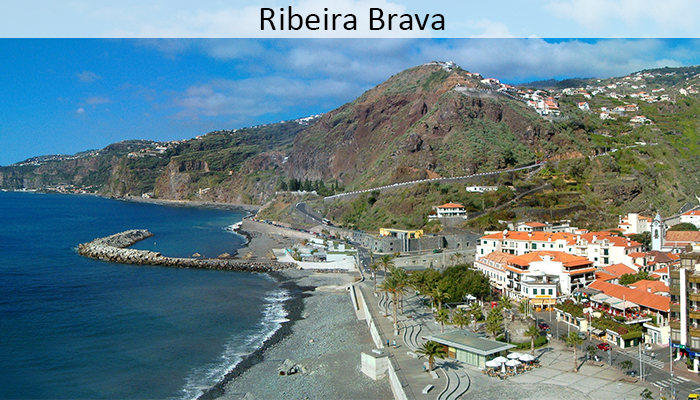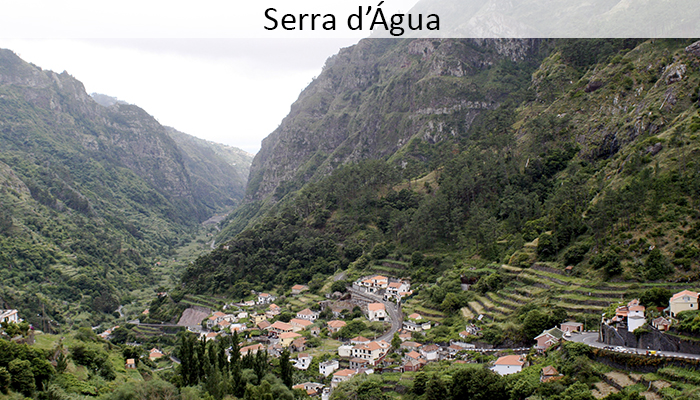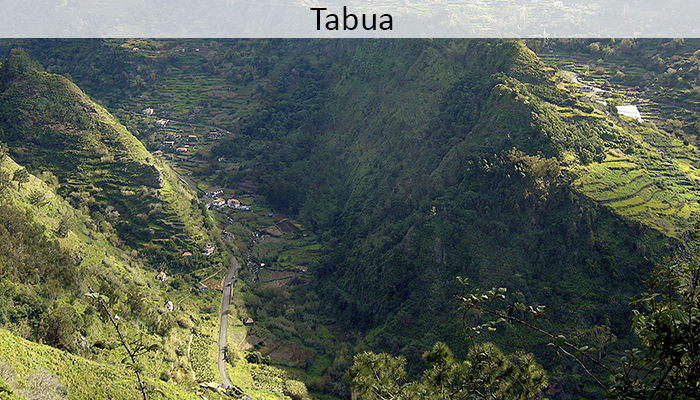Ribeira Brava
On the south coast of the island of Madeira, the municipality of Ribeira Brava is made up of the parishes: Belfry, Ribeira Brava, Serra de Água and Tabua. And in this county the main economic activity is agriculture, particularly the cultivation of sweet potatoes, beans, vegetables, some cereal, fruit and wine.
Ribeira Brava got its name from the stream of water that goes through a rebellious flow. This was elevated to town in 1928, containing the Madeira Ethnographic Museum, which houses collections of ethnographic objects related to social aspects, economic and cultural of the archipelago of Madeira. But it also stands out the Fort of St. Benedict, which acts as tour desk, and the lighthouse that overlooks the village center, the Ponta do Sol and the mountains Campanário.
The name of the Campanáriooriginates in a two leg kicks islander, as a bell tower of a church, which lies on the coast of this parish. In this parish is the Faja dos Padres, a small tourist resort that has conditions to beach and fishing, along with tropical fruit farming and wine, can be reached only by boat or through the panoramic lift. But even in the Campanário, is the Calhau da Lapa, a bathing area with clear water and a peaceful surrounding.
In the southwest of the center of the island of Madeira, is the Serra d’Agua, surrounded by thickets and high hills, that highlight the peaks of the Cross, Cedar and Grand Peak. This is still irrigated by streams, which together form the riverside Ribeira Brava. The name of this parish originates from a construction of a mill that sawed timber and termed themselves “serra de água.” In 1953, the Central Island Hydroelectric was erected, the first in Madeira. Just down the road of Serra d’Água can access Encumeada, one of the highest points on the island of Madeira, establishing connection between the Ribeira Brava, south and north to São Vicente. During this rise one can see a landscape on the southern and northern areas.
By the sea, on the southwest coast, the smallest parish of the municipality, stands by the name of Tabua, a name of a plant that was abundant in this region, having been used for the manufacture of mats and chairs funds. Tabua is crossed by a seven-kilometer river, which originates in the Pico das Pedras and flows into its coast.
